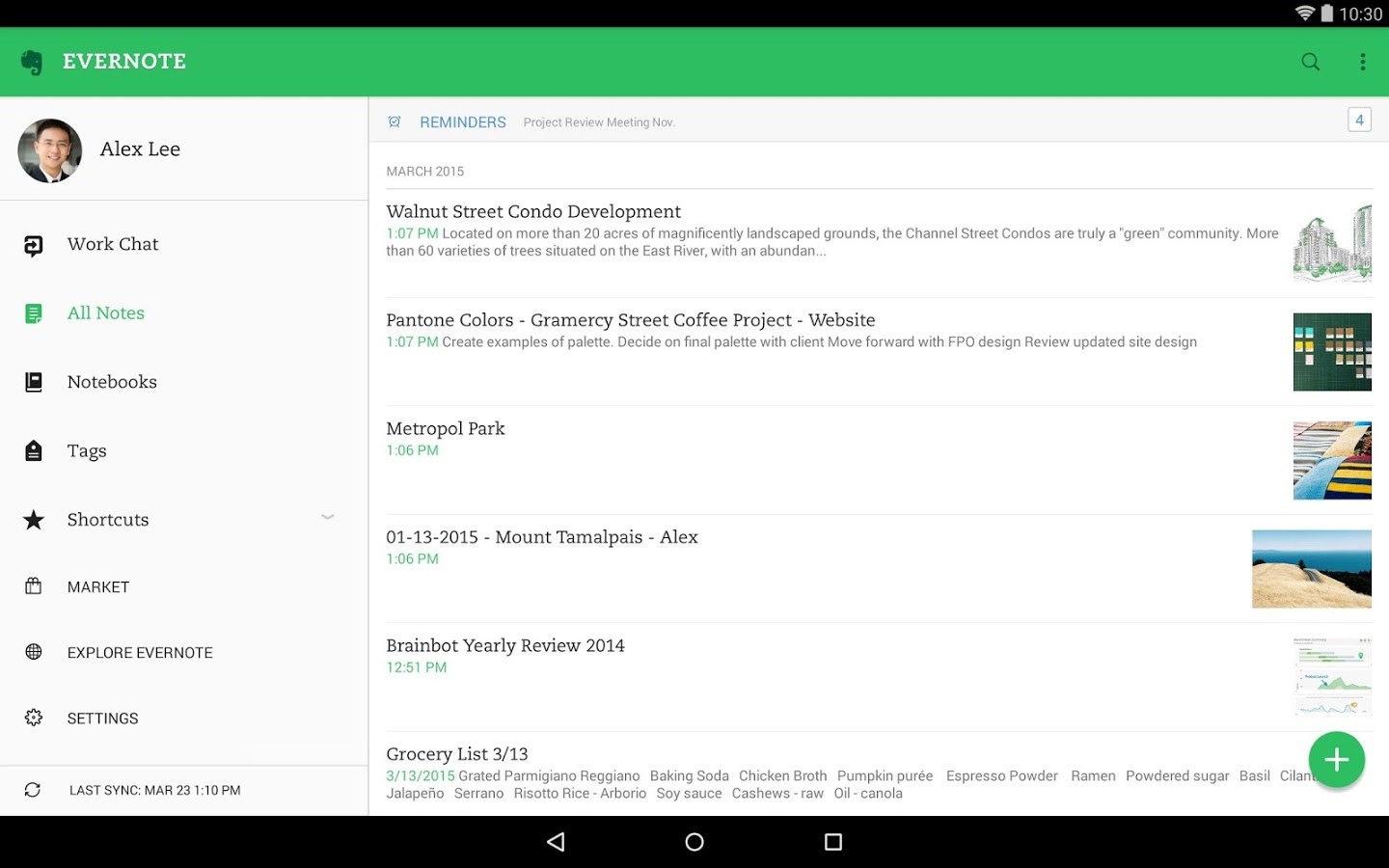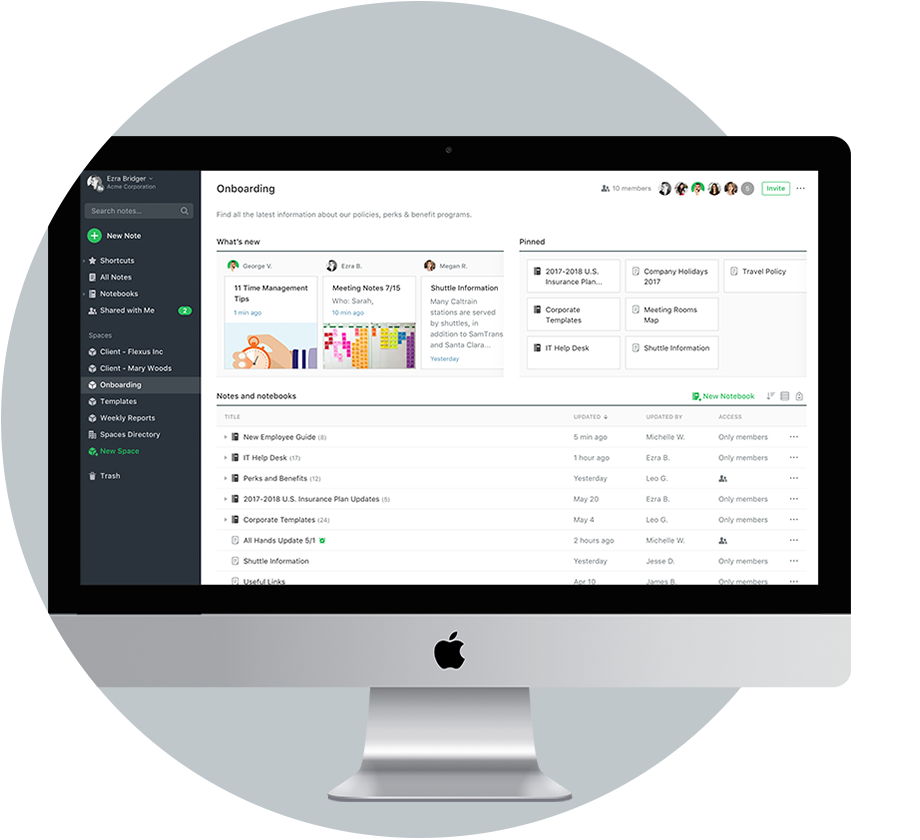
Sixteen observational principles of file operations were documented to assist in our understanding of Raspberry Pi’s behavior in the cloud environments. UbuntuMATE), comparing forensic evidence with that of other ext4 filesystems (i.e., Ubuntu), based on interactions within a private cloud, as well as a public cloud. This article discusses and presents techniques and methodologies for the investigation of timestamp variations between different Raspberry Pi ext4 filesystems (Raspbian vs. Our ability to investigate, collect, and validate digital forensic evidence with confidence using Raspberry Pi has become important. Unfortunately, the unprotected Raspberry Pi device-when connected to the Internet-also paves the way for cyber-attacks. The low cost and customizability of Raspberry Pi makes it easily adopted and widespread.
WHAT IS EVERNOTE V.4.2.3 SOFTWARE
Possible evidence determined throughout this study include file timestamps, file hashes, client software log files, memory captures, link files and other evidences are also obtainable to different cloud service providers.Īny device can now connect to the Internet, and Raspberry Pi is one of the more popular applications, enabling single-board computers to make robotics, devices, and appliances part of the Internet of Things (IoT). By identifying the evidence data on a client device, provide a clear idea about type of evidences are exist in machine for forensics practitioners.
WHAT IS EVERNOTE V.4.2.3 WINDOWS 7
In this study two popular public cloud service providers (Microsoft One Drive and Amazon cloud drive) are used to perform forensics evidence collection procedure through browser and service providers software on a Windows 7 computer. Lack of knowledge regarding location of evidence data can also affect investigation and it take more time to meet every cloud storage providers to decide where the evidence is saved within their infrastructure. The evidence identification, preservation, and collection are hard when dissimilar services are utilized by offenders. There are many kind of storage services available in cloud and every service face a diverse issues in illegitimate action. This storage services are found as a problem to examiners and researchers in the field of forensics. In recent days Cloud services such as storage is more familiar to business and Individuals. This study describes a proof-of-concept approach for forensic automation on online social networks.

These operators are implemented using Twitter ontology and tested through a case study.

These operators can be embedded in software tools to help the investigators draw realistic conclusions. Finally, we propose a set of analysis operators based on domain correlations. Here, we introduce a multi-layer automation approach that addresses the automation issues from collection to evidence analysis in online social network forensics. Automating digital forensics is not exclusively a technical problem the technical issues are always coupled with privacy and legal matters. Therefore, it is critical to develop solutions and tools that can assist investigators in their work and decision making. However, accessing this publicly available information for legal use is technically challenging and legally intricate due to heterogeneous and unstructured data and privacy laws, thus generating massive workloads of cognitively demanding cases for investigators. Currently, law enforcement and legal consultants are heavily utilizing social media platforms to easily access data associated with the preparators of illegitimate events.


 0 kommentar(er)
0 kommentar(er)
